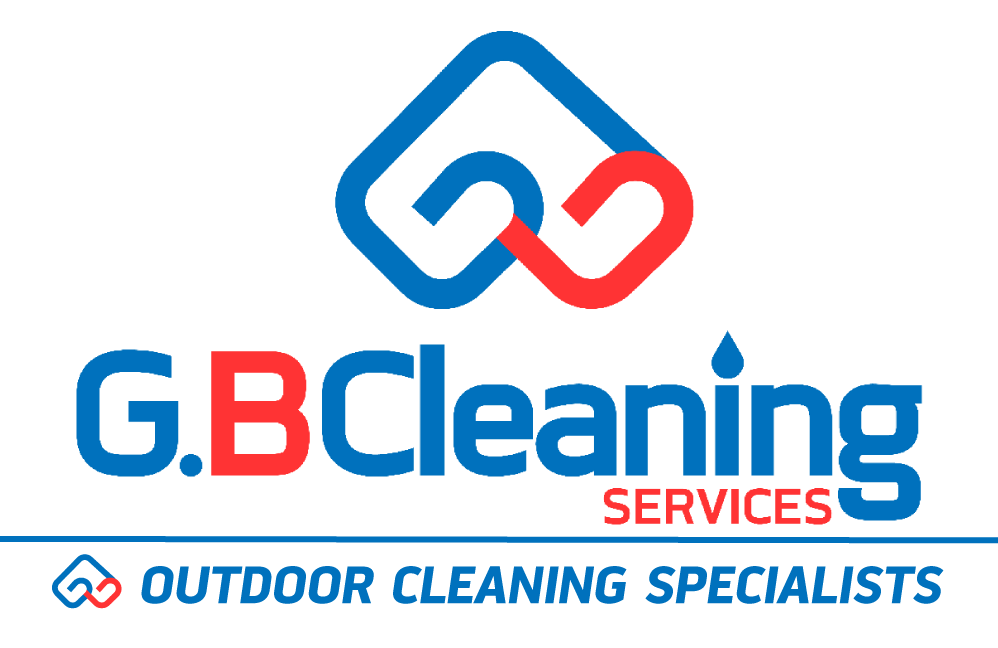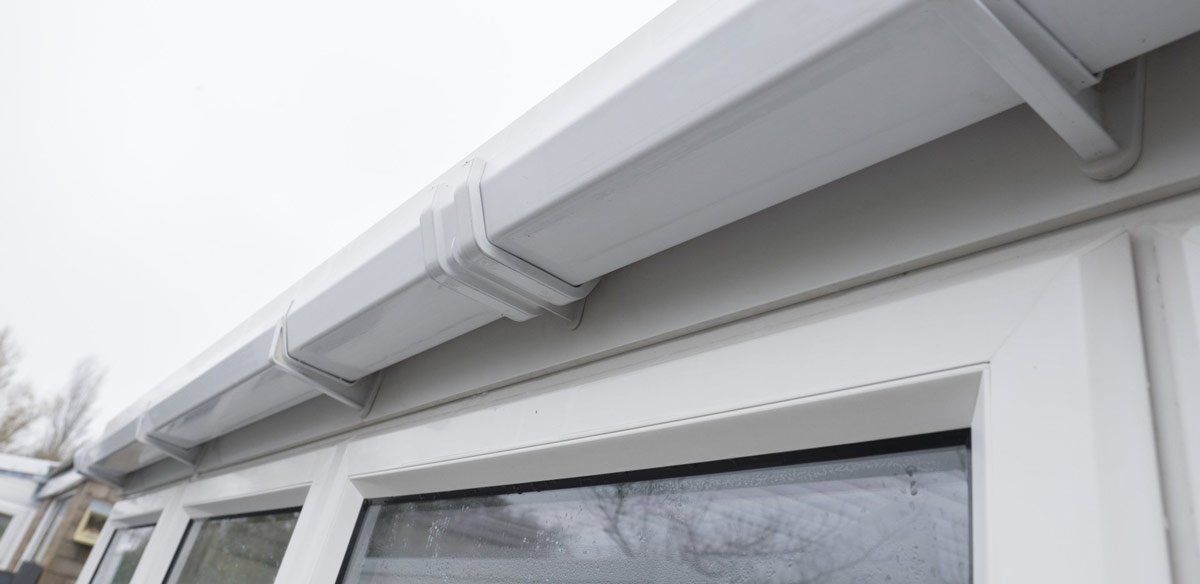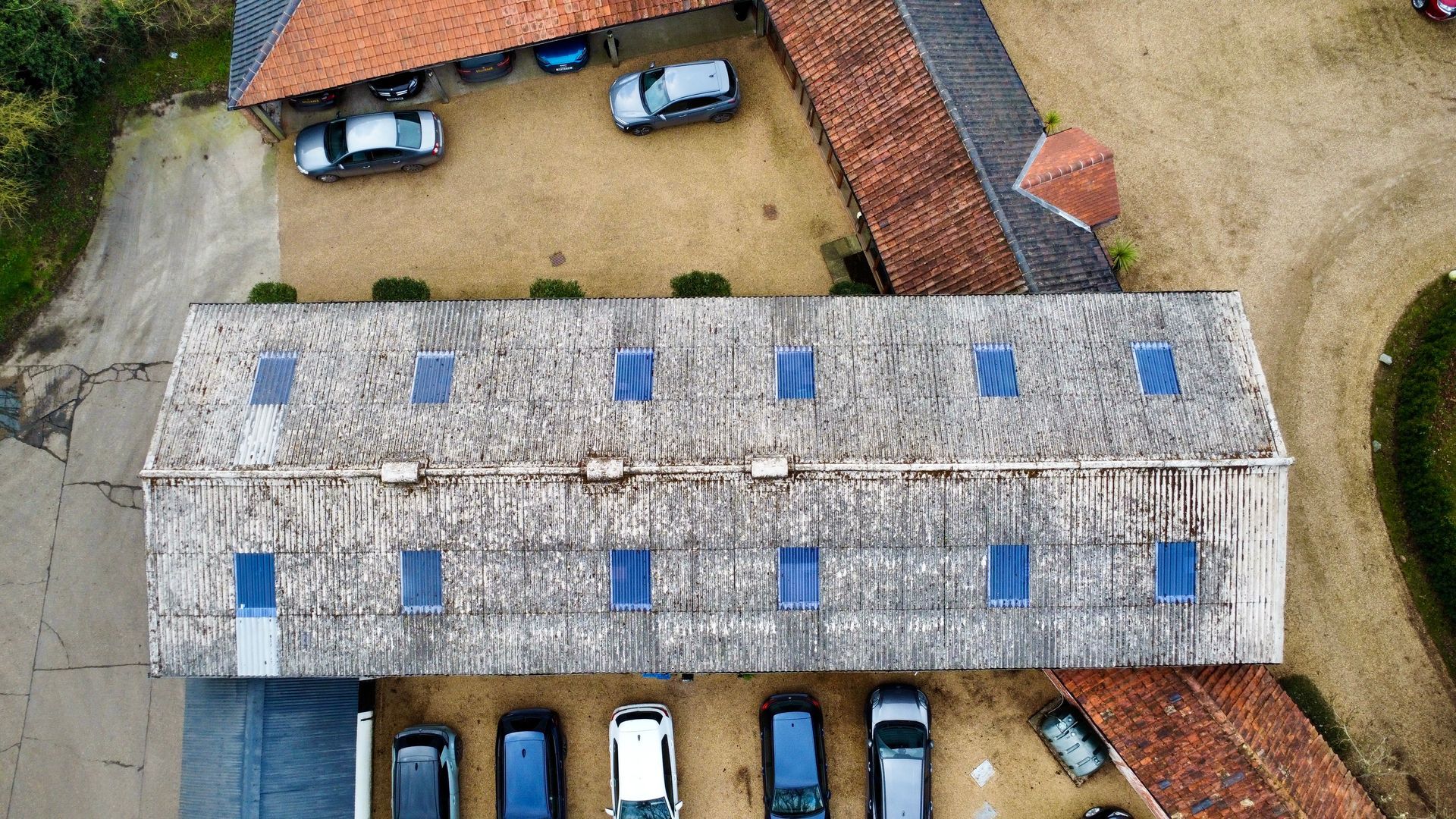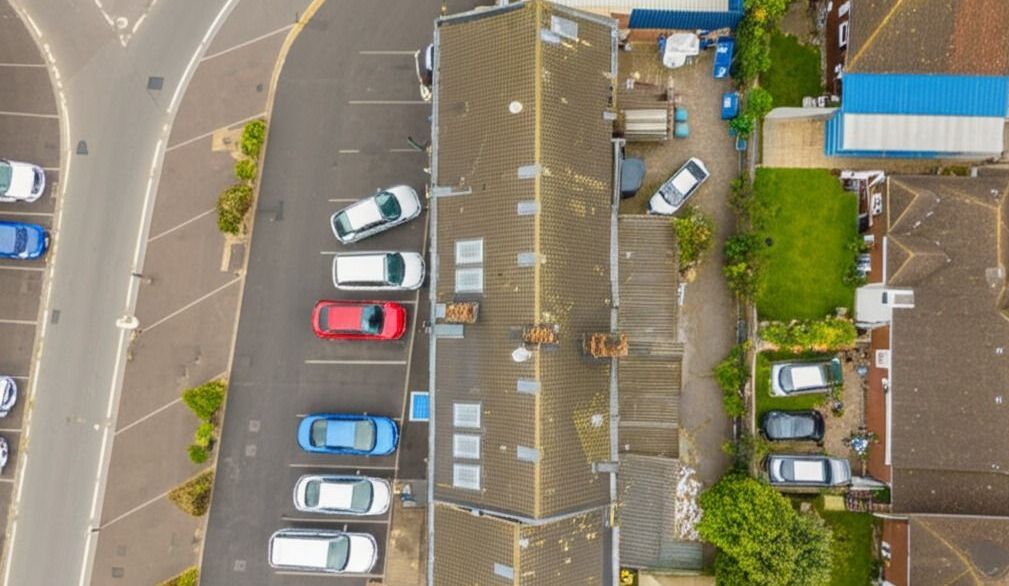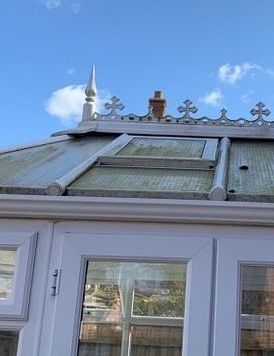Commercial Roof Inspections: What Professional Cleaners Look For and Why It Matters
Expert Assessment Practices for Commercial Property Protection
Professional roof inspections are a critical first step in effective commercial roof maintenance. Before any cleaning or repair work commences, thorough inspection provides valuable insights into roof condition and helps identify potential issues before they develop into costly problems. Understanding what professional cleaners look for during these inspections can help property owners appreciate the value of this essential service.
The Critical Role of Professional Inspection
Commercial roof inspections serve as the foundation for effective maintenance strategies. Unlike casual visual checks, professional inspections involve systematic evaluation of multiple roof components using specialised knowledge and equipment. These comprehensive assessments identify not only obvious damage but also subtle early warning signs that untrained observers might miss.
Professional cleaners approach roof inspections with dual objectives: identifying cleaning requirements and detecting potential structural issues. This combined focus ensures that cleaning processes address specific contaminants while avoiding techniques that might exacerbate existing damage. The information gathered determines cleaning methodologies, equipment selection, and safety protocols for subsequent work.
Key Inspection Areas
Structural Integrity Assessment
Professional roof inspectors first examine the overall structural condition of the roofing system. They identify signs of physical damage such as cracks, tears, blisters, or punctures that compromise watertightness. On flat commercial roofs, particular attention focuses on areas where water might pond, as these locations face accelerated deterioration due to prolonged moisture exposure.
The inspection includes careful evaluation of seams, joints, and transitions between different roofing materials or sections. These vulnerable points often develop problems first, with early intervention preventing more widespread issues. Professionals also examine roof edges and terminations where wind uplift commonly causes damage, especially in exposed coastal or high-elevation locations.
Drainage System Evaluation
Drainage systems receive particular scrutiny during professional inspections. Properly functioning drainage prevents water accumulation that can significantly damage roofing systems and building interiors. Inspectors examine gutters, downpipes, internal drains, and scuppers, checking for blockages, damage, or improper installation that might impede water flow.
Inspectors assess water flow patterns across the roof surface, identifying areas where drainage might be insufficient or where redesign might be necessary. They look for evidence of previous water pooling, which often presents as discoloration, deteriorated materials, or accumulated sediment. Even minor drainage issues can rapidly escalate into major problems, making their early identification particularly valuable.
Biological Growth and Contamination
Moss, algae, lichen, and fungal growth receive careful attention during professional inspections. These biological contaminants not only affect appearance but can cause substantial physical damage to roofing materials over time. Professionals evaluate the extent and type of growth, which influences subsequent cleaning methods and preventative treatments.
The inspection includes assessment of environmental factors that might contribute to biological growth, such as overhanging vegetation, prevailing moisture conditions, or shade patterns. Understanding these contributing factors helps develop effective long-term strategies to minimise future growth, extending periods between necessary cleaning interventions.
Flashing and Detail Work
Flashings around roof penetrations, equipment mountings, and transitions represent common failure points in commercial roofing systems. Professional inspectors carefully examine these elements for signs of deterioration, separation, or improper installation. Deteriorated sealants, displaced flashing materials, or corroded metal components receive particular attention as they often precede water ingress.
The inspection includes evaluation of rooftop equipment bases, pipe penetrations, expansion joints, and parapet walls. These critical transition points require proper flashing to maintain watertightness, with even minor deficiencies potentially causing significant damage. Professionals document these conditions to guide both cleaning approaches and potential repair recommendations.
Material-Specific Inspection Points
Metal Roofing Systems
On metal roofing, inspectors specifically look for corrosion, which often begins at scratches, screw points, or overlaps where moisture can become trapped. They examine fasteners for signs of backing out, corrosion, or improper sealing that could allow water penetration. Panel alignment receives attention, as thermal expansion and contraction can gradually displace panels or create gaps at seams.
The inspection includes assessment of protective coatings, with particular focus on areas showing fading, chalking, or other deterioration that might indicate need for cleaning and recoating. Professionals also evaluate specific contaminants present, as industrial fallout, bird droppings, or tree sap can accelerate corrosion if not properly addressed through appropriate cleaning methods.
Membrane Roofing
For EPDM, TPO, or PVC membrane roofing, inspectors focus on membrane condition, looking for cracking, brittleness, shrinkage, or blistering that might compromise system integrity. They carefully examine membrane seams for separation or deterioration, as these represent common failure points. Professionals also check for membrane punctures or tears that might have resulted from foot traffic, equipment installation, or wind-blown debris.
The inspection includes evaluation of membrane attachment, particularly on mechanically-fastened systems where wind uplift can cause progressive detachment. Professionals assess ballast distribution on ballasted systems, ensuring proper coverage to protect underlying membranes from UV exposure and potential wind damage.
Built-Up and Modified Bitumen Systems
For built-up or modified bitumen roofing, inspectors examine the surface for cracking, blistering, ridging, or areas where gravel or other protective surfacing has been displaced. They look for evidence of embrittlement or fatigue that indicates advanced ageing of bituminous materials. Asphalt bleeding at seams often receives attention as it can indicate heat-related deterioration.
The inspection includes assessment of alligatoring (surface cracking patterns resembling alligator skin), which often precedes more serious deterioration. Professionals also evaluate granule loss on modified bitumen cap sheets, as these protective minerals prevent UV damage to underlying asphalt compounds.
Asbestos Roofing Systems
For asbestos cement roofing, inspectors employ specialized protocols that prioritize safety while assessing condition. Visual examination focuses on identifying friability—the extent to which the material has deteriorated and might release harmful fibers. Inspectors document surface weathering, cracking, and areas where fibers have become exposed through erosion of the cement matrix.
Particular attention is given to biological growth, as moss and lichen can accelerate deterioration by penetrating the material surface. Inspectors examine fixings and flashings, which often deteriorate earlier than sheet materials themselves, and evaluate previous repair attempts that might have compromised roof integrity. This specialized assessment requires HSE-specific certifications, ensuring both regulatory compliance and occupant safety.
Documentation and Reporting Practices
Professional roof inspections produce comprehensive documentation that guides subsequent cleaning and maintenance activities. This documentation typically includes:
- Detailed roof plans identifying problem areas
- Photographic evidence of identified issues
- Classification of problems by severity and urgency
- Specific cleaning recommendations based on contaminant types
- Maintenance recommendations beyond cleaning requirements
- Long-term prognosis for roofing system components
This structured reporting provides valuable baseline information for tracking roof condition over time. Property owners receive clear documentation of existing conditions, which proves particularly valuable for warranty claims, insurance purposes, or planning capital expenditures.
How Inspection Findings Guide Cleaning Strategies
Inspection findings directly inform cleaning methodologies, equipment selection, and chemical treatments. When inspections reveal fragile or damaged materials, cleaning techniques adjust to prevent further harm. For example, identification of deteriorated membrane seams might necessitate lower pressure cleaning methods to avoid water infiltration.
The types and extent of contaminants identified determine appropriate cleaning solutions. Biological growth might require specific biocides, while industrial fallout might need degreasing agents. Professionals calibrate cleaning approaches based on contaminant characteristics, ensuring effective removal without damaging underlying materials.
Safety protocols for cleaning operations develop directly from inspection findings. Identification of structural concerns might require additional fall protection measures or load distribution platforms. Understanding drainage patterns helps manage runoff during cleaning operations, preventing water intrusion through identified vulnerable points.
The Business Benefits of Regular Professional Inspections
Regular professional roof inspections deliver substantial business benefits that extend beyond immediate cleaning needs. These include:
Extended Roof Lifespan
By identifying and addressing small issues before they escalate into major problems, regular inspections substantially extend roof service life. This proactive approach protects the significant capital investment represented by commercial roofing systems, deferring the considerable expense of roof replacement.
Reduced Operational Disruptions
Planned maintenance based on inspection findings prevents unexpected roof failures that can disrupt business operations. For manufacturing facilities, warehouses, or retail establishments, avoiding unplanned closures for emergency repairs represents significant operational and financial benefit.
Enhanced Energy Efficiency
Inspections often identify conditions that compromise building envelope performance and energy efficiency. Addressing these issues through targeted cleaning and maintenance helps control energy costs, which represent a significant ongoing operational expense for commercial properties.
Warranty Protection
Many commercial roofing warranties require regular professional inspection and maintenance. Documented professional inspections ensure compliance with these requirements, protecting warranty coverage that might otherwise be invalidated by neglect or improper maintenance practices.
In Conclusion
Professional roof inspections represent an essential investment in commercial property protection rather than an optional service. The systematic evaluation provided by experienced professionals identifies both cleaning requirements and potential structural concerns before they develop into costly problems.
By understanding what professional cleaners look for during these inspections—from structural integrity to biological contamination—property owners gain appreciation for the value this service provides. The insights gained guide not only immediate cleaning interventions but also long-term maintenance strategies that protect roof assets.
For commercial property owners, regular professional inspections deliver substantial returns through extended roof lifespan, reduced operational disruptions, enhanced energy efficiency, and warranty protection. This preventative approach represents sound business practice that protects both physical assets and operational continuity.

